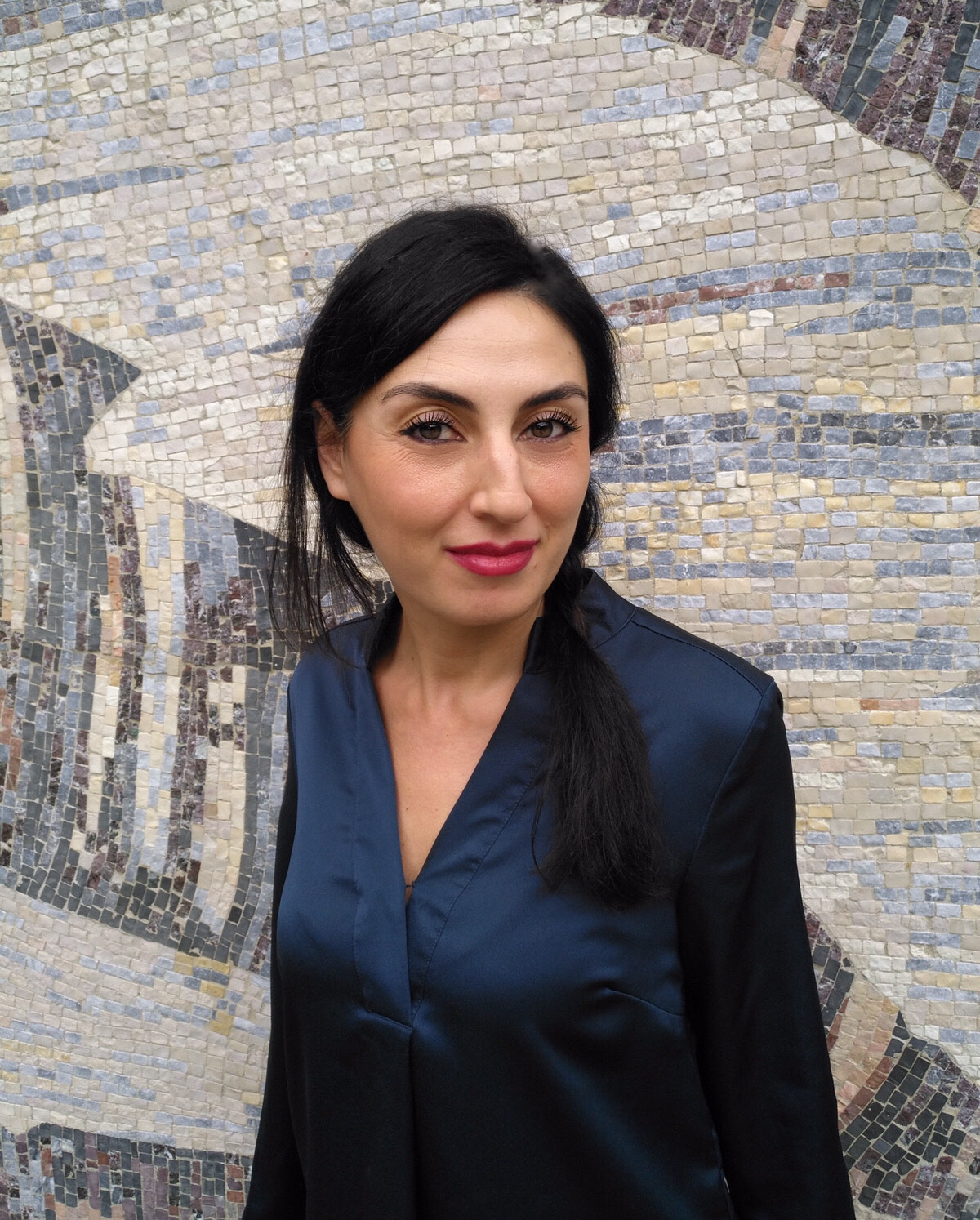New Features in Old Texts
A Diachronic Study of Linear B Tablets from the Room of the Chariot Tablets at Knossos to the Odos Pelopidou at Thebes and some insights into Linear A
Turning points can be unexpected. A crucial turning point in Bronze Age Aegean studies was the decipherment of Linear B as the earliest form of the Greek language known to us (Mycenaean) by Michael Ventris. This achievement has dramatically deepened our understanding of the Aegean context in the 2nd millennium BC, and paved new pathways for the comprehension of material evidence, linguistic connections, and epigraphic and palaeographic practices permeating the Aegean during the Bronze Age. A turning point in ancient history was the decline of the Minoan civilization and the simultaneous raising of the Mycenaean society with its Indo-European traditions. Although the Minoan language is still poorly understood and its script, i.e. Linear A, yet-to-be deciphered, Linear A and Linear B have been compared ever since Ventris’ decipherment, and with fruitful results.
My project focuses on the intersection between the Minoan and the Mycenaean civilizations. It involves the study of Linear B tablets, the relationship between the Linear A and Linear B scripts, and the early stages of the Proto-Indo-European language. My research is dedicated to the unexpected ending –Xo, to be contrasted with the expected –Xo-jo, of the o-stem genitive singular in Mycenaean Greek.
The ending –Xo is a vexata quaestio in Linear B studies for two main reasons: (i) the very existence of the ending itself is controversial, and (ii) its morphological interpretation is equally widely debated. My project carries out an in-depth phonetic, morphologic, etymologic, and contextual comparison between the two Linear B endings of the genitive singular, which will produce the first monograph fully devoted to the study of the terms ending in –Xo and the –Xo ending itself. Previous analyses of the –Xo ending confined themselves to a limited number of samples and did not consider the diachronic dimension of these findings. I will analyze each attestation of the –Xo ending within its own linguistic and chronological context. More specifically, the monograph will (i) put together for the first time a whole dossier of potential genitives in –Xo and (ii) take into account the chronological gap between Linear B tablet deposits attesting these terms. Furthermore, I will also (iii) look at how the genitive ending was formed in other Indo-European languages and (iv) investigate whether the Minoan substratum might have had an influence on this ending.
My research, therefore, will result in a highly multidisciplinary analysis that integrates archaeological, epigraphic, palaeographic, and linguistic data, resulting in a thorough study of genitives in –Xo that will provide original insights and new approaches to Bronze Age Aegean studies.
The CHS offers the ideal environment for investigating the many challenging issues my project addresses. It provides me with an incomparable amount of books and resources, as well as a unique framework of international and highly renowned scholars.
Rachele Pierini
 Rachele Pierini obtained her PhD in Classical Philology at the University of Bologna and was a visiting scholar in Historical and Comparative Linguistics at the Complutense University of Madrid. Her work combines Philology and Linguistics in the study of Bronze Age Aegean scripts, with a primary focus on Linear B and a comparative approach to Linear A. She is currently a Classics Tutor in the Department of Classical Philology of the University of Bologna. Rachele was recently awarded the prize of Cultural Ambassador in Italy, and has been a postdoctoral researcher at the University of Bologna. She also regularly collaborates with the Complutense University of Madrid and has been a research fellow at the University of Cambridge. Her work mainly focuses on diachronic and areal studies of the Greek language, especially in its initial stages (from the Proto-Indo-European origins to the earliest Linear B attestations) and in its relationship with substratum and nearby languages. During her Fellowship at the CHS, Rachele will be working on a monograph on some idiosyncratic features of Linear B.
Rachele Pierini obtained her PhD in Classical Philology at the University of Bologna and was a visiting scholar in Historical and Comparative Linguistics at the Complutense University of Madrid. Her work combines Philology and Linguistics in the study of Bronze Age Aegean scripts, with a primary focus on Linear B and a comparative approach to Linear A. She is currently a Classics Tutor in the Department of Classical Philology of the University of Bologna. Rachele was recently awarded the prize of Cultural Ambassador in Italy, and has been a postdoctoral researcher at the University of Bologna. She also regularly collaborates with the Complutense University of Madrid and has been a research fellow at the University of Cambridge. Her work mainly focuses on diachronic and areal studies of the Greek language, especially in its initial stages (from the Proto-Indo-European origins to the earliest Linear B attestations) and in its relationship with substratum and nearby languages. During her Fellowship at the CHS, Rachele will be working on a monograph on some idiosyncratic features of Linear B.
